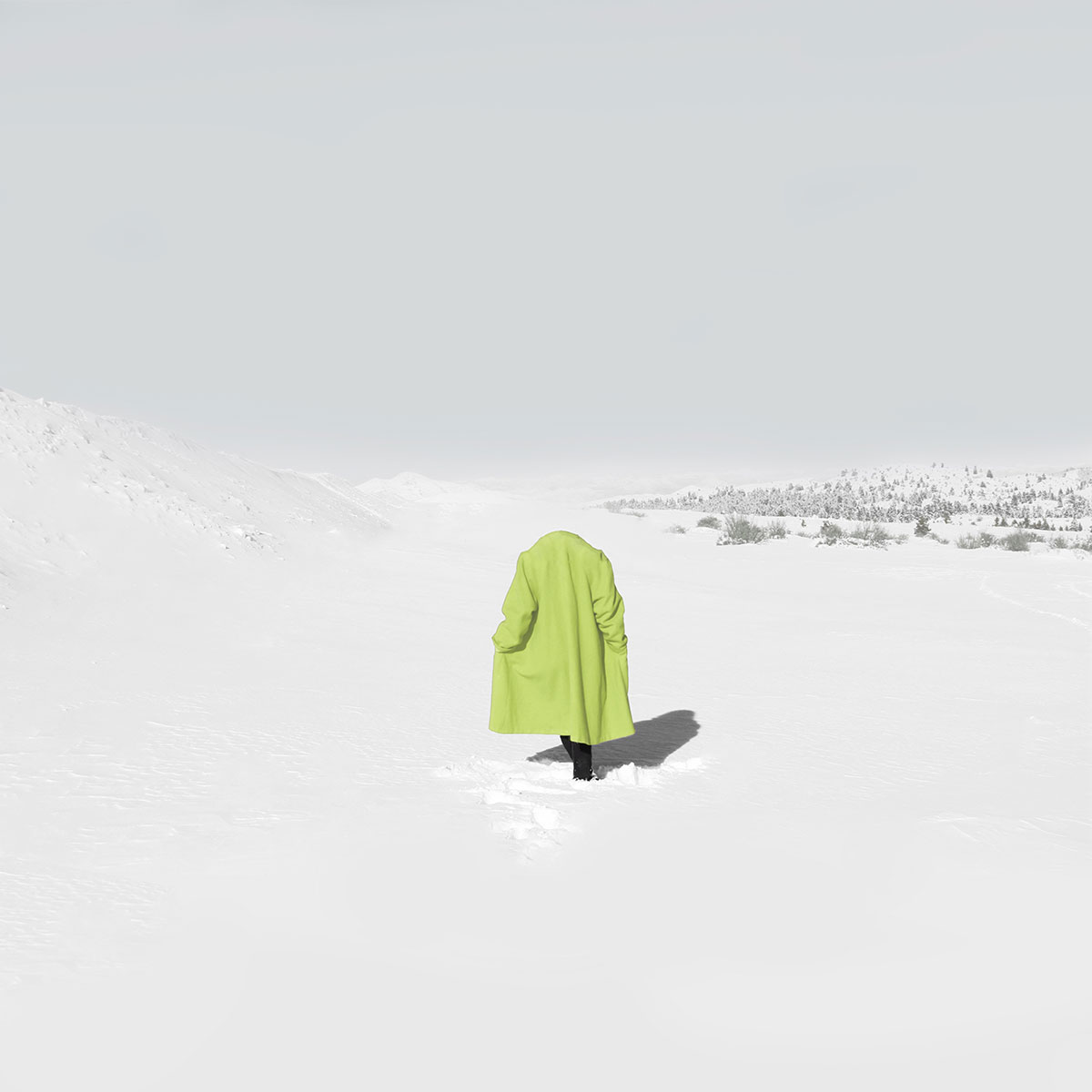Photographer George Griefy Shares 6 Guidelines Of Minimalist Photography To Help Improve Your Work
Of all of the artistic photography styles, one of the most interesting is also the most basic. However, don’t let that label fool you, there is nothing basic when it comes to minimalist photography. In fact, it takes just as much skill, if not more, than any other modern artistic photography style, and it requires the same amount of post-production editing as other popular styles.
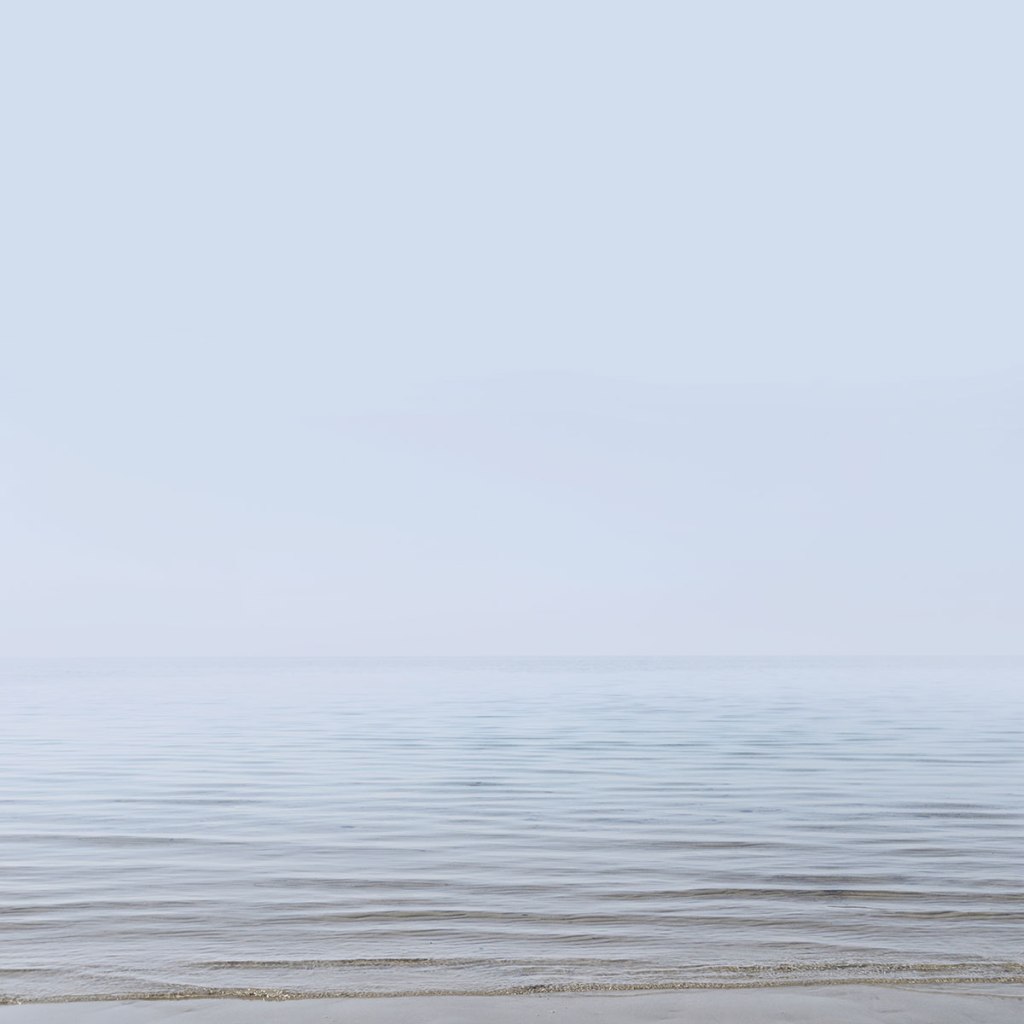
We can see “minimalism” just about everywhere we look. From today’s stylish clothing and apparel, home furnishings, and modern art, to the latest tech devices from Apple and other leading manufacturers. With the increased popularity the minimalist style is enjoying, capturing it in your photography is an important, and somewhat challenging, feat.
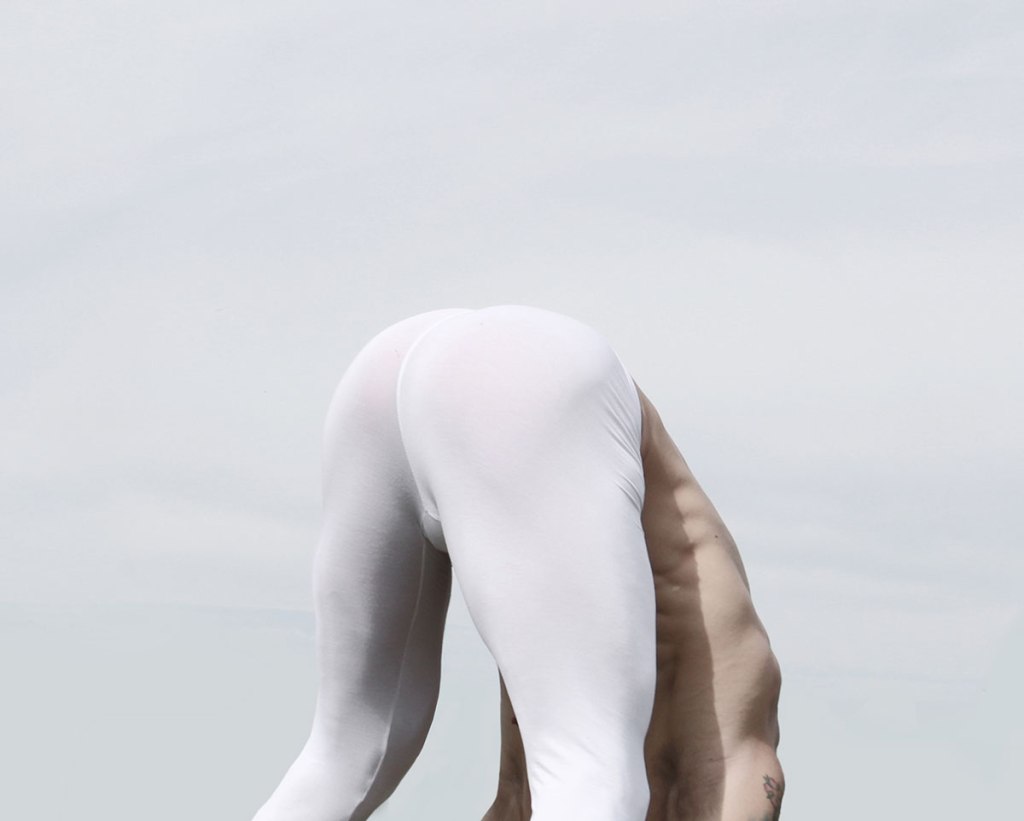
If you are interested in minimalist photography and you want to express your vision through images defined by open space, clear lines, pared-down color palettes, graphic compositions, and simple beauty, keep reading as we had a chance to sit down with George Griefy, a leading minimalist photographer, who is willing to share some helpful tips with our readers.
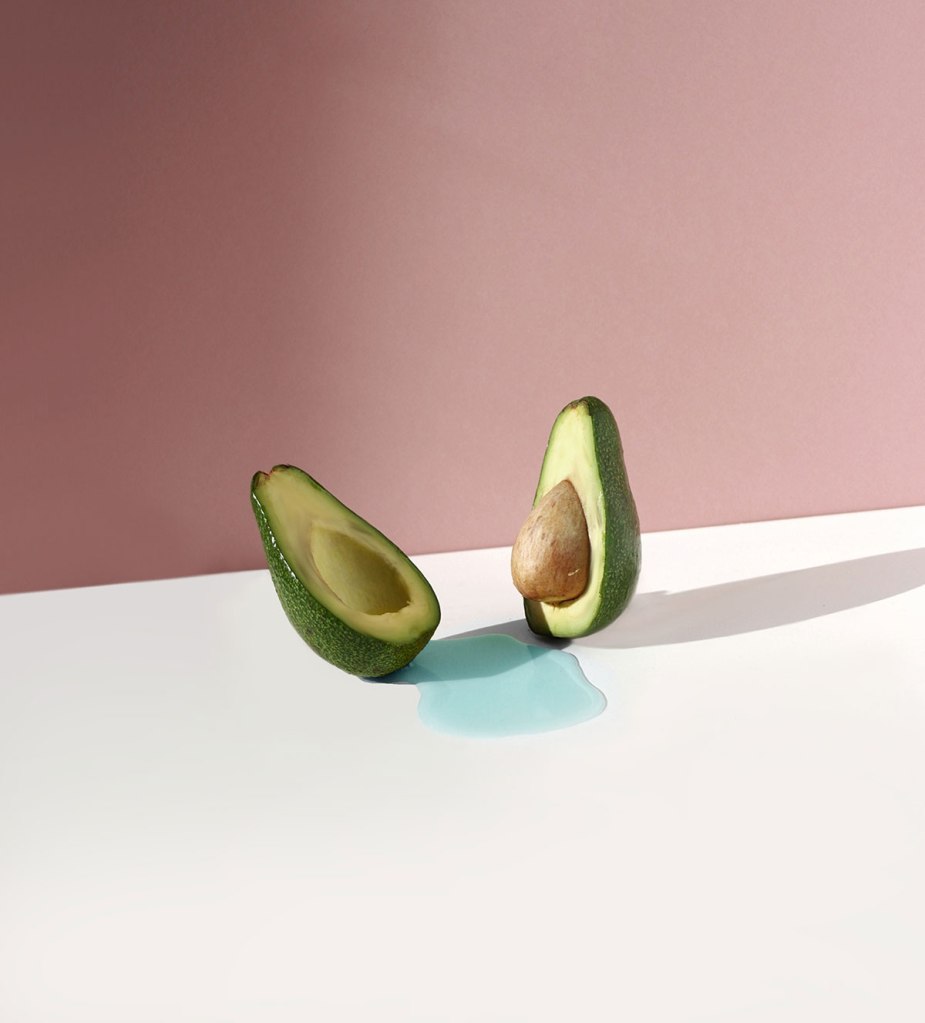
Photographer George Griefy Shares 6 Guidelines Of Minimalist Photography
Watch Your Background- often times, we become so focused on the object that we are photographing that we forget to take a look at the background. This is very important, especially with minimalist photography as a cluttered background could disrupt the entire shot.
Incorporate Simple Shapes- minimalist photography tends to use extremely pared-down shapes like rectangles and squares, which prioritize simplicity, balance, and harmony.
Choose The Right Subject- your subject should be visually strong, and it should be able to stand on its own. This is because minimalist photography uses very few supporting elements to keep the shot clean and simple.
Focus On The Details- just because the minimalist style relies on the “less is more” principle, doesn’t mean that you can ignore the details. Because less is more, those details are more important than ever, and they require a higher level of perfectionism on your part.
Limit Your Color Palette- be sure to use restraint when it comes to the colors you incorporate into your minimalist photography. The colors you use should be complementary to one another including pairs such as blue and orange, yellow and purple, black and white, and red and green.
Play with shadows- Working with shadows can help to direct attention to a specific point in the composition. They can reveal form or hide features that may be better left unseen. They can also be used to add hint of drama, emotion, interest, or mystery to a photo.
Practice- as with anything, practice makes perfect. Be patient, take your time, and practice your skills. With practice, you’ll find perfection in less and your minimalist photography will show that.
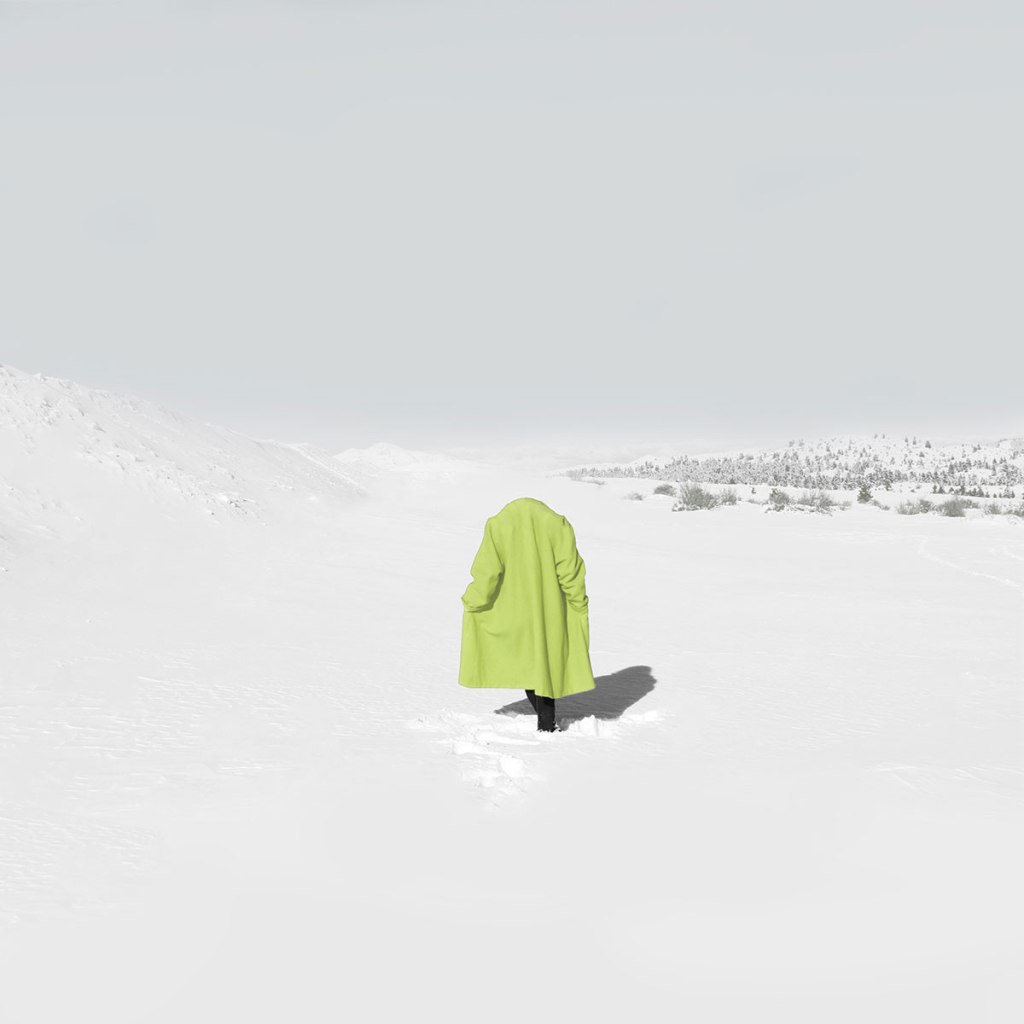
If you are looking for a refreshing visual break from the constant flood of information, and visual noise that we face every day then minimalism is for you!
Instagram: @griefy

